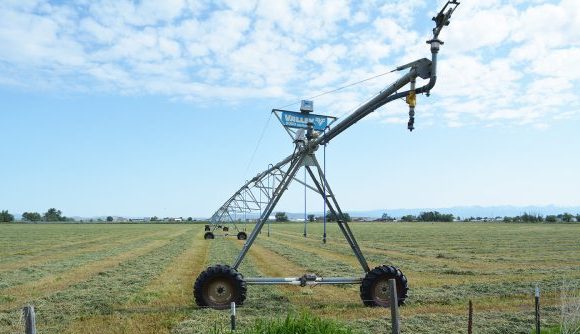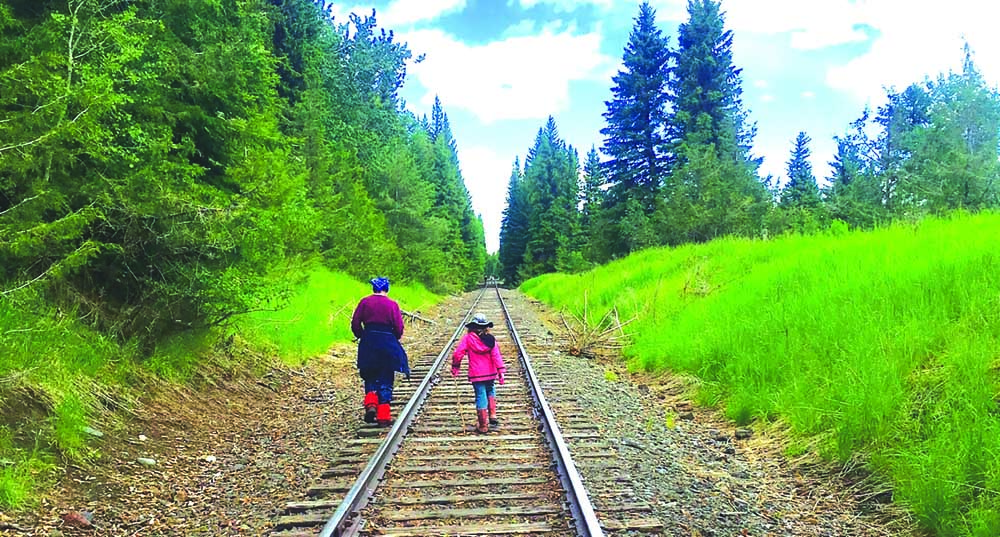Timberland shuffle leaves some in doubt
Published 5:00 pm Wednesday, March 16, 2011

- A motorized carriage, left, hauls logs up the hillside for delimbing and sorting by Morisse Logging on Campbell Group forest land outside of Seaside near Beerman Creek last August.
The largest tract of industrial timberland in Clatsop County has changed hands a half-dozen times in 30 years.
The land was sold from Crown-Zellerbach to Cavenham Forest Industries, who later sold it to Hancock Lumber, who sold it to Willamette Industries in 1996. Weyerhaeuser grabbed it in a hostile takeover in 2002 and sold it to Portland-based Campbell Group last year.
But one of these companies is not like the others.
Campbell Group is a timber investment management organization TIMO for short.
Its emergence as Clatsop Countys new timber giant is part of a larger, nationwide trend in forestland ownership.
Over the past few years, the biggest timber companies have discarded their corporate structure to cash in on hefty tax breaks offered by TIMOs and similar investment management vehicles called Real Estate Investment Trusts (REITs).
In doing so, theyve severed the traditional ties between timberland and sawmills. Most of their land holdings, including 140,000 acres of Clatsop County timberland, have been sold to pools of faceless investors who could live on the other side of the continent or the globe.
Its a fairly broad shift across the country, said Ross Gorte, a timber industry analyst for the Library of Congress. I wouldnt be surprised if we saw the timber industry, as we have known it at least, be largely out of the landowning business in 15 to 20 years.
Some industry analysts and conservation groups are watching the trend with a critical eye. Theyre worried that the uprooted timberland owners will be less likely to support the local community and more likely to cut timber in shorter rotations or sell timberland for development to deliver short-term returns to investors.
Theres less attachment to place and community, said Bob Van Dyk, a forest policy manager with the Wild Salmon Center. When timber is owned by an investment bank in New York, the owners are less interested in long-term prosperity than is a long-term owner who is in the community.
So far, management changes arent obvious on the ground in Clatsop County.
And Gorte said for the most part its not clear yet what the difference on the ground will be under the new owners.
When I look at TIMOs and REITs, its a lot of the same people who were running industry land holdings before, Gorte said. It isnt necessarily a big change. Lets face it. The Weyerhaeuser investors are pretty faceless investors, too.
Campbell Group has kept many of Weyerhaeusers key timberland managers in its Seaside office; the company has a reputation in the Northwest for managing timberland for timber production.
And although company spokesman Stephen Levesque wouldnt say who exactly owns the Clatsop County timber tract and isnt legally obligated to do so he can point to many ways in which the company is working with local community groups, investing in habitat improvement projects and keeping local logging companies in business.
Were excited about this asset, said Levesque. We want to continue the tradition of management in our own style.
So, whats the difference?
Unlike traditional, vertically integrated timber companies, TIMOs dont own sawmills. And they dont pay corporate taxes the way traditional timber companies do.
The main difference, Gorte said, is that the new model is more clearly and directly financially driven management of the lands.
Their owners are investors seeking a percentage return on their money, and they dont have to worry about keeping sawmills running.
Case in point: Although Campbell Group bought Weyerhaeusers timberland in Clatsop County, the company did not purchase Weyerhaeusers Warrenton sawmill. Instead, the sawmill went to Hampton Affiliates, a private, family-owned, vertically integrated timber company with 400,000 acres of timberland and seven sawmills in Oregon, Washington and British Columbia.
Campbell Group LLC, one of the largest TIMOs in the world, manages 3 million acres of timberland in order to deliver a return to investors as a part of a pension or retirement fund portfolio, for example. The investors pay income tax on their earnings, but the TIMO itself isnt taxed at the corporate rate.
Timberland, it turns out, is a low-risk investment with a pretty reliable return. Since 1987, the average annual returns have been more than 14 percent.
But critics say TIMOs also swing the door open to more timberland sales and shorter harvest rotations, both of which would deliver short-term returns to investors even though they might not be good for the surrounding communities long-term.
When ownership changes to far off places, and new owners arent familiar with the land and the community, theyre less likely to care as much about what happens there, said Brent Davies, a forestland manager for EcoTrust of Portland. Theyre really more interested in short-term net profits as opposed to the long-term health of communities. The ultimate owners, all the state pensioners, are off in another state and probably dont read their annual reports and may not even know where all their money is invested.
Campbell Group offers several examples of ways in which the company is still investing in Clatsop County communities.
The company retained 150 years of experience and knowledge of the local timberland tract, including area manager Mark Morgans, who has managed the property through several ownership changes over the past 15 years.
They didnt come in and start from scratch and clean house, Morgans said. They kept the folks who know the property.
The company has a line item in its budget specifically for environmental improvement, Levesque said. That money can be leveraged to secure grants and yield healthier local watersheds.
The Circle Creek stream restoration project underway on Tillamook Head is the perfect example, according to Troy Laws, a local biologist with Oregon Department of Fish and Wildlife.
Without $138,000 from the Campbell Group, the $370,000 logging road obliteration never would have happened, he said.
Crews are digging out a road that has confined Circle Creek to a narrow channel along an old railroad grade.
Instead of meandering, it became like a bowling alley, said Laws. Now, the stream can heal itself.
Meanwhile, logging continues on Campbell Group land much like it has under previous ownerships. Morisse Logging of Astoria was busy cutting a 60-acre tract of 52-year-old hemlock and spruce at a tree farm off U.S. Highway 101 in August.
Gorte said timber harvest is likely to continue being a source of profits for TIMOs especially in Oregon. But it may not be the only source.
TIMOs arent driven by the mill operation issue, he said. Their goal is return on investment, and that includes producing or selling whatever timber and other related services they can from the land. Timber is going to be part of it, but in the foreseeable future, it could very well be that carbon could be a more beneficial source of income.









